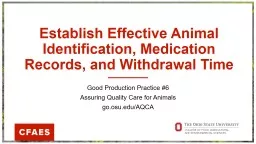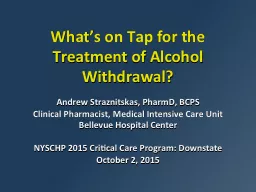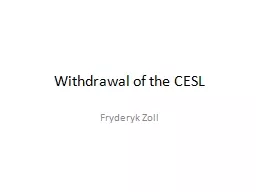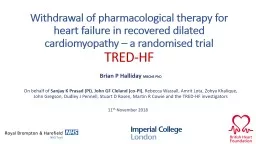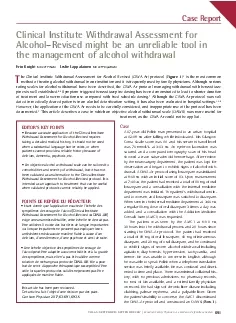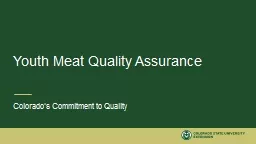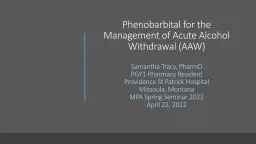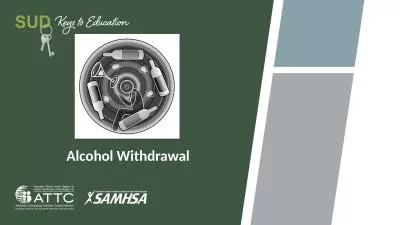PPT-Establish Effective Animal Identification, Medication Records, and Withdrawal
Author : leusemij | Published Date : 2020-06-16
Time Good Production Practice 6 Assuring Quality Care for Animals goosueduAQCA Why is ID important Important management tool for producers Performance measurements
Presentation Embed Code
Download Presentation
Download Presentation The PPT/PDF document "Establish Effective Animal Identificatio..." is the property of its rightful owner. Permission is granted to download and print the materials on this website for personal, non-commercial use only, and to display it on your personal computer provided you do not modify the materials and that you retain all copyright notices contained in the materials. By downloading content from our website, you accept the terms of this agreement.
Establish Effective Animal Identification, Medication Records, and Withdrawal: Transcript
Download Rules Of Document
"Establish Effective Animal Identification, Medication Records, and Withdrawal"The content belongs to its owner. You may download and print it for personal use, without modification, and keep all copyright notices. By downloading, you agree to these terms.
Related Documents

